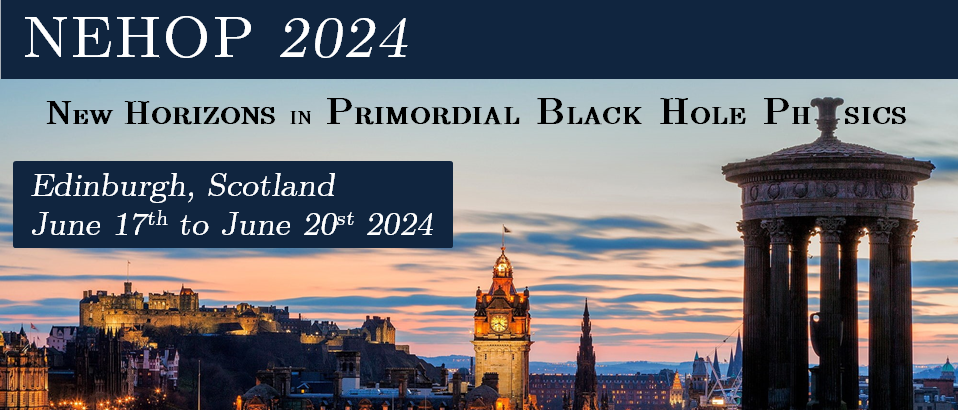Speaker
Description
If primordial black holes (PBHs) constitute the dark matter (DM), stars forming in dark-matter dominated environments with low velocity dispersions, such as ultra-faint dwarf galaxies, may capture a black hole at birth. The capture probability is non-negligible for PBHs of masses around $10^{20}$g, and increases with stellar mass. Moreover, infected stars are turned into virtually invisible black holes on cosmologically short time-scales. Hence, the number of observed massive main-sequence stars in ultra-faint dwarfs should be suppressed if the DM was made of asteroid-mass PBHs. This would impact the measured mass distribution of stars, making it top-light (i.e. depleted in the high-mass range). Using simulated data that mimic the present-day observational power of telescopes, we show that already existing measurements of the mass function of stars in local ultra-faint dwarfs could be used to constrain the fraction of DM composed of PBHs in the - currently unconstrained - mass range of $10^{19}$ - $10^{21}$g.

